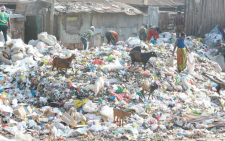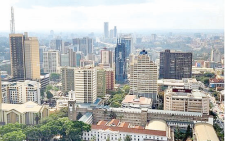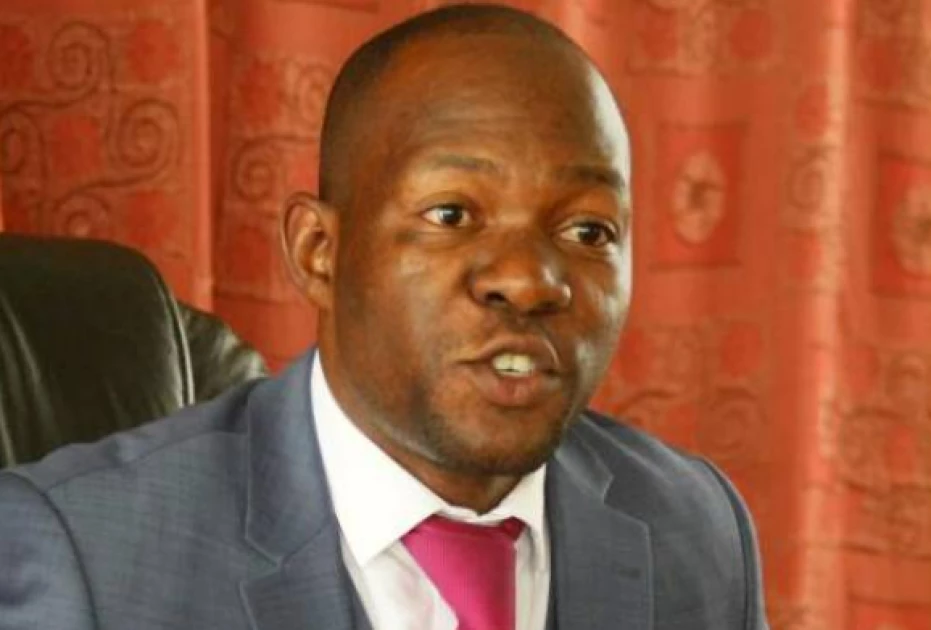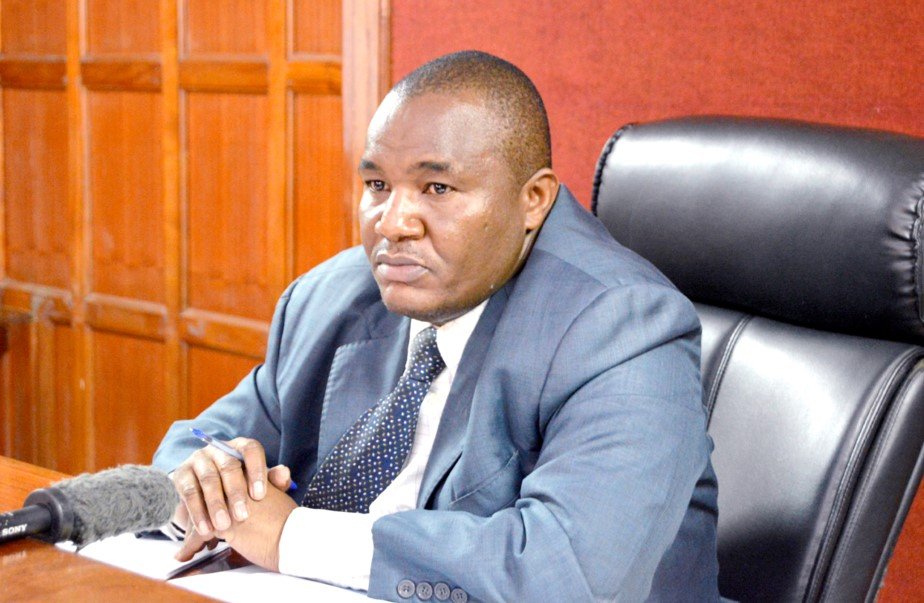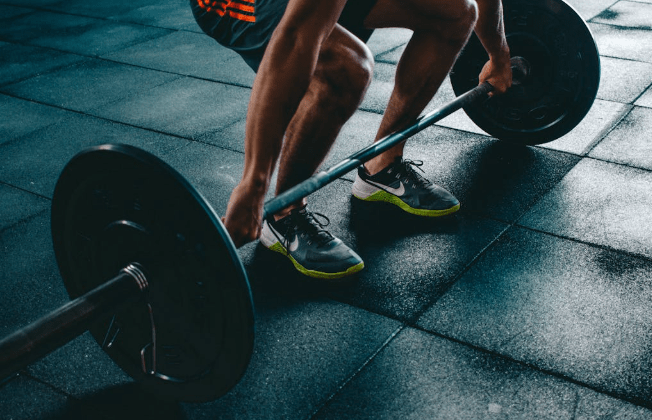Why safety and health of workers should be prioritised
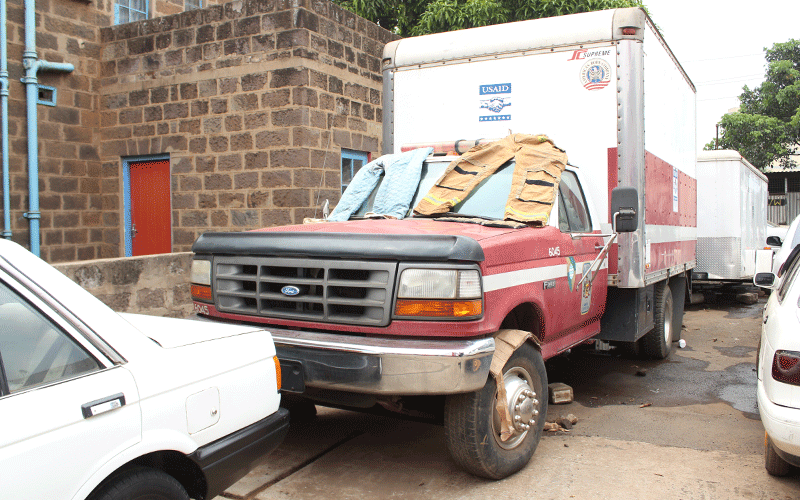
Evelyn Makena and Grace Wachira @evemake_g @Yaa_Grace
From the moment John Owiyo* joined the fire brigade 14 years ago, he knew his career would involve risks and putting himself in harm’s way to save lives.
Every shift as a firefighter has brought close encounters with dangerous incidents including fires, road accidents, blast scenes and flood rescues.
Three years ago, Owiyo had a close shave with death in his line of duty. The 40-year-old firefighter, who works for the Nairobi City County reported to work in the central business district when he received a call about a fire incident in Industrial Area.
Along with his three colleagues, they drove the fire engine to the scene. But they passed out trying to extinguish the fire.
What had been reported as a fire turned out to be toxic fumes of hydrochloric acid.
A container with the acid had burst, releasing the toxic fumes. “We were rushed to hospital and treated. Luckily, we had not inhaled a lot,” he says.
Owiyo has watched colleagues incapacitated by work-related injuries. Although he fully understands the harzadous nature of his job, he reckons the life and health of firefighters matter too. But lack of adequate safety measures at work makes the job a death trap.
Unavoidable hazard
“I often feel a sense of hopelessness knowing that if anything happened to me chances of getting compensated are low,” he says.
Even with the risk that comes with the job, processes of being compensated in the event of an accident are slow and tedious.
Francis Liech, Secretary General, Kenya National Fire Brigade Association, (Kenfiba) blames poor funding and neglect of emergency services such as firefighting for deplorable working conditions of firefighters.
“Firefighters need protective equipment such as gloves, gumboots, masks, eye protection and tunic when responding to fire incidents, but it is often not the case. This is a basic safety measure that’s ignored by employers,” he says.
Laxity by the employers to provide safety for firefighters, Liech says, has exposed them to unavoidable hazards ranging from minor injuries, lifelong incapacitation and even death.
Without proper safety gear, exposure to smoke and chemical vapour can affect their long-term health.
Firefighters also risk contracting infectious diseases such hepatitis, TB and HIV by coming into contact with infected people during rescue operations.
Maintaining the health and safety of employees at the workplace is an important component of every work set-up, but one that is often overlooked.
International Labour Organisation (ILO) estimates that 2.78 million people die every year due to occupational related hazards while non-fatal work related accidents cost employees up to four days from work yearly.
It mandates that every employee is protected from disease, sickness and injury arising from their employment.
In Kenya, occupational safety and health of every employee is protected under the Occupational Safety and Health Act (Osha), 2007.
Workers who get work related injuries or diseases can claim compensation in accordance with the Work Injury Benefit Act WIBA, 2007.
As soon as a company has a staff of more than 20, they are required to register with Directorate of Occupational Safety & Health Services.
“This is necessary because a company needs to safeguard their employees. Getting ceritification after registration comes after an organisation has complied with the Osha, 2007, which stipulates what employers need to do for their employees,” Josephine Irungu, Lead HR Consultant and CEO Prestine HR-Engine Ltd says.
The law also stipulates provision of protective gear for industries that require them.
“Firms in the hot industry such as manufacturing, for instance, are required to protect their employees.
That outlines the need to provide personal protective equipment for their staff.
Equipment such as gumboots, gloves, helmets, overalls and the like are necessary for the safety of say welders on a day to day basis,” Josephine notes.
Dr Andrew Muruka, Deputy Director at Doshs says many workers are not aware of their rights as far as safety at work is concerned.
The Directorate is tasked with ensuring compliance of Osha 2007 and Wiba, 2007. Doshs protects every worker in both government and private employment.
“We are mandated to inspect work places. We check for the safety of tasks, equipment’s such as lifts and chemicals used,” he says.
Workplaces also have to adhere to fire, air quality and noise standards to ensure the safety of employees.
Injury compensation
Under Osha 2007, every company or workplace with more than 20 employees is required to have a safety and health committee.
“The committee members should be trained on stress management, fire safety among other safety concerns to ensure that employees have adequate knowledge on these occupational hazards,” adds Muruka.
Organisations that do not comply with this face up to Sh500,000 in fines if found guilty, or six months imprisonment or both.
Muruka notes compensation of employees due to work-related injuries comes with challenges.
The process is especially complicated for employees who have no designated employer such as freelancers and those working through business processing outsourcing arrangements.
He adds that failure to follow required procedures has also been an impediment to compensation.
When one is harmed in the course of employment, the injury must be reported to the directorate of occupational safety and health services where they are issued with a form.
The employee should also inform their employer of the injury. Once the employer is informed, they are supposed to fill the form and send it to a doctor to assess the extent of harm.
“Once this is done, the form is sent to the directorate and we compute the amount due and submit a demand note to the employer and give the employer a period of 90 days within which to make payment,” says Muruka.
In cases where the employer is not willing to assist, a worker can seek the help of a co-worker or even a relative to fill the form.
The Occupational Safety and Health Bill, 2019 provides for setting up of an occupational injury compensation fund.
The fund, Muruka says, will fast-track compensation of workers with work related injuries and diseases.
Previously, the organisation liable would be required to pay, and this ended up being a long and tedious process.
“But with the fund, workers will be compensated by the directorate and the levy charged on the respective employers,” adds Muruka.
He urges workers not to shy away from reporting incidents of injury or disease inflicted at the workplace.
Josephine notes that firms have an opportunity to make their work environments more accommodating by re-engineering their spaces and furniture.
“They can and should boost their ergonomics and bring them up to date,” she says.
Furniture such as seats and working stations are items that can be tweaked for staff. Seats can be updated and worn out desks replaced in bid to maintain good health.
“These items of course are tailored for standard arm rest angling and distance to the computers, for example.
Even then, social distancing between co-workers is to be observed, even minus the pandemic,” she notes.
She also advises employees to take leave as these breaks are necessary for their heath and well-being.
Vital policies
“We step in and ask them to proceed on leave. The breaks are important, even in a day-to-day work day. Staff should be encouraged to take a bathroom break, water or tea break and even walk around.
“Some offices have introduced bar high work stations where staff can work while standing.
All these are great steps as long as they are within the health guidelines in Doshs,” she said.
“It may look minimal, but it is very important to provide seats even for the security team as they man entrances and exits. A little rest is healthy for them too,” she adds.
Josephine also says firms need to work closely with their insurance providers and provide sessions and talks on mental health.
“A company that is well in tune with OSH will know to have regular mental health discussions with their teams and even include them under their insurance covers.
“To maintain health and safety at work, behaviours like absenteeism, lateness and even withdrawal and self-isolation are red flags that we as human resources take seriously.
We get to the root of the problem before taking laying off measures,” she explains. It is upon companies to put into place working policies.
“These may include hygiene, grooming, bullying and sexual harassment policies that safeguard employees.
“If an employee has a certain body odour or worn out clothes, they are handled by the HR team.
This is when there are working communication channels that ensure the environment is not toxic.
Even whistle blowing policies are enforced and followed to the letter,” she says.
